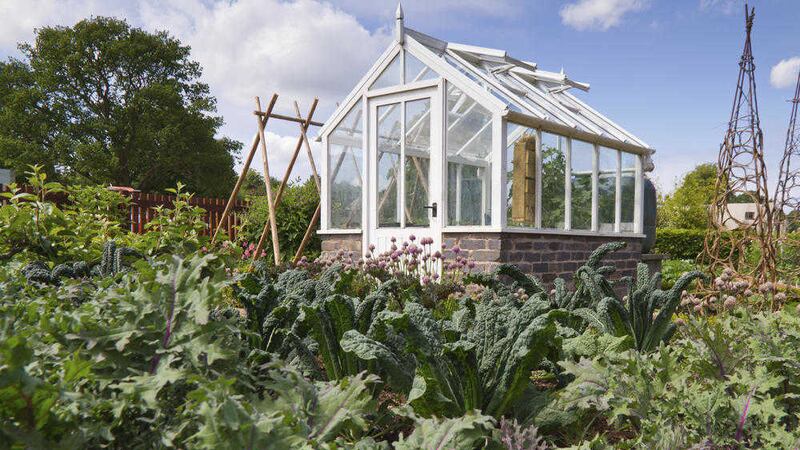GARDENERS have a special relationship with their greenhouses. Like the artist’s studio, the scientist’s lab or the Michelin-starred chef’s kitchen, it is the place where the alchemy happens.
This dedicated space, often fitted-out and equipped in a bespoke manner, is more than just somewhere for potting on and pottering. It is also a den and a retreat from life’s tribulations – a haven from where we can observe our gardens as insiders, experiencing all sorts of weathers.
You can be, as I was for many years, a fulfilled and successful gardener who doesn't have a greenhouse. But if you are to propagate extensively and want to fully explore you and your garden’s horticultural potential, then at some stage you’re going to have grow things under glass.
You can improvise with something smaller that is reached into rather than stood in, or you can even scale things up, veer to the left and end up with a polytunnel. However, here we’re talking the classic/traditional greenhouse, usually of the span variety, assembled from aluminium with plastic or glass glazing or, my preference – having had both types – one crafted from (sustainably-sourced) wood and with fitted safety glass.
Thankfully, most plants aren’t anywhere as fussy as me and won’t care what their home is fashioned from as long as it’s warm and bright.
The key advantage with a greenhouse is that it enables you grow things long before they'd survive under natural conditions. It also allows you to store tender plants until the outdoor temperature rises to the right level. The main factors limiting you're choice of greenhouse will be space and cost.
It's recommended that you opt for as large a structure as is possible – "twice as big as you think you need" says Alan Titchmarsh – not only because smaller greenhouses are more susceptible to temperature fluctuations but because you'll always be short of space in what can often become a second home.
On top of 'luxuries' like an electricity and water supply, you'll need staging (shelves-cum-table), propagators and a mercury-controlled automatic vent that will keep the greenhouse cool when needed. Your greenhouse should be placed in full sun, otherwise plants tend to become leggy and unhealthy. Locate it in the most open site you can, ensuring it's at least 10m from big trees.
One of the key things to remember about your greenhouse is the annual spring clean, which should amount to more than just removing beer bottles that have accumulated over winter. It's not essential from one year to the next but it is recommended to replace your indoor bed's growing medium at least every three years to avoid a build up of pests and diseases.
Generally pests and diseases flourish in the warmth of the greenhouse, so it pays to be vigilant and careful all year round. At a most basic level, limit the places where pests such as slugs and snails can hide away, which means cleaning up litter and the detritus of sowing seeds and taking cuttings.
Washing the inside of the greenhouse with warm, soapy water should help get rid of any unwelcome microscopic organisms lurking in the cracks or nestled in the frame. Also give your staging and shelves a good scrub while checking the inside and underside of empty pots.
Later in the year diseases such as grey mould, damping off and downy mildew can be avoided with a good hygiene and ventilation regime. Damping down the floor of the greenhouse on warm, sunny days will prevent your plants drying out, while the humid atmosphere will discourage red spider mite.








